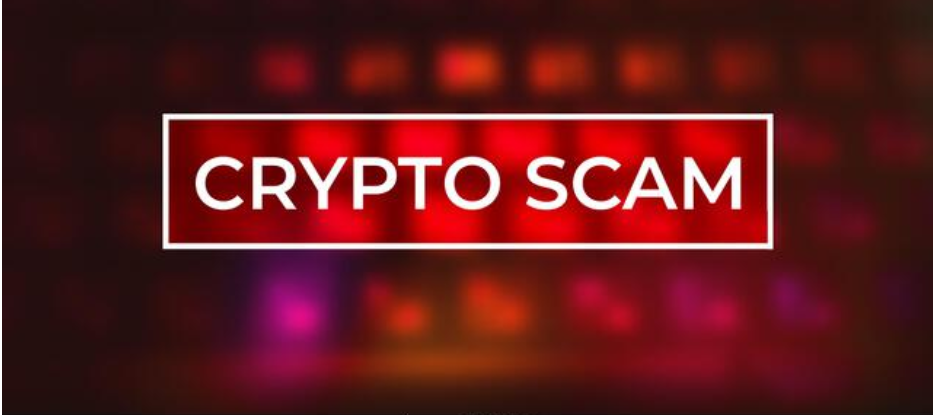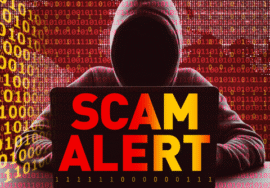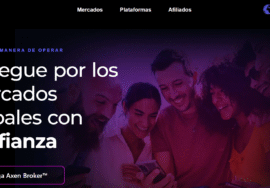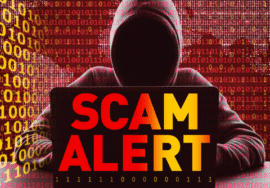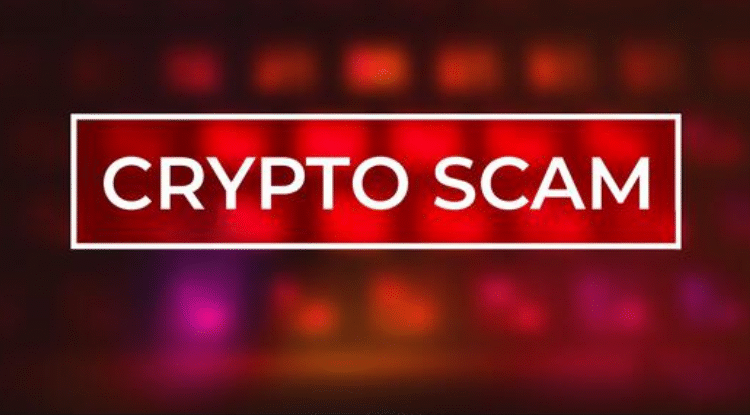
7 Fierce Ways to Notify Global Regulators and Track Down a Crypto Scammer
7 Fierce Ways to Notify Global Regulators and Track Down a Crypto Scammer
Cryptocurrency promises financial freedom, but it has also opened the gates to a darker world filled with deceitful brokers, fake exchanges, and phantom recovery firms. Every day, thousands of traders fall prey to online fraudsters who vanish with Bitcoin, Ethereum, or stablecoins — leaving behind frustration, humiliation, and silence. The truth is, silence helps the scammers more than anything else. When you notify global regulators and track down a crypto scammer, you transform from a victim into an active participant in justice.
The following guide details the most decisive, regulator-backed steps to expose bad actors and give your reclaim process the force it needs to succeed.
1. Gather Every Trace of Evidence — Build Your Digital Case File
Before you reach out to any authority, you must first create an airtight record of everything connected to the scam. Save transaction hashes, wallet addresses, email exchanges, deposit receipts, account screenshots, KYC forms, and chat transcripts. Even the smallest details—timestamps, login IPs, or domain names—carry weight.
A solid evidentiary package helps regulators and recovery specialists cross-reference the scam with existing complaint databases. Most scams reuse infrastructure: the same hosting servers, offshore entities, or cloned websites. Once your proof is organized, your report stops being a generic cry for help and becomes a traceable crime dossier that enforcement agencies can act on.
2. Identify Which Regulator Has Jurisdiction
Crypto crimes are borderless, but regulatory power is still territorial. Determining where the scammer’s company claims to operate—or where your payment gateway originated—can tell you which global regulator to contact.
If a broker claims to be “licensed in the UK,” the Financial Conduct Authority (FCA) should receive your file. If it advertises EU clients, send reports to CySEC and ESMA. For U.S. victims, CFTC and SEC channels are essential. In Asia, authorities like MAS (Singapore) and ASIC (Australia) often cooperate across borders.
Don’t assume regulators won’t act on offshore cases. They exchange intelligence daily through the International Organization of Securities Commissions (IOSCO) network. A properly formatted report can trigger alerts that lead to website takedowns, asset freezes, or coordinated seizures.
3. File with Specialized Crypto Complaint Portals
Many countries have built crypto-specific complaint portals. Submitting there gives your case direct access to blockchain forensics units and AML divisions. For instance, FinCEN in the U.S. tracks suspicious digital transactions, while Europol’s Cybercrime Centre (EC3) consolidates victim data to trace wallet clusters.
When you lodge your complaint, use calm, factual language. Avoid emotional tones such as “I was robbed” or “They stole my life savings.” Replace them with: “The entity operating under the name X received BTC at address Y on date Z and has since refused withdrawal.” Precision earns credibility and helps investigators connect your case to others.
4. Use Blockchain Analytics Tools to Map Wallet Flows
While regulators handle the legal side, you can support the investigation using publicly available blockchain explorers and analytic platforms. Tools like Etherscan, Blockchain.com explorer, or Blockchair reveal transaction chains. Some advanced services such as Chainalysis Reactor or CipherTrace—used by professionals—track clusters and cross-exchange movements.
Even if you cannot access premium forensics, documenting wallet hops visually proves that your funds moved, often into exchanges that require KYC verification. That gives regulators a direct lead. Every wallet that touches a regulated exchange becomes an anchor point for subpoenas and asset freezes.
5. Report Simultaneously to Financial Intelligence Units (FIUs)
Parallel to standard regulators, every nation maintains an FIU that combats money laundering and terror financing. Crypto scams frequently trigger AML red flags because stolen assets move through mixers or multiple wallets in short bursts.
Filing your case with FIUs ensures it enters the global AML network (Egmont Group). These agencies have broader data-sharing privileges than traditional regulators. They can request IP logs, freeze exchange accounts, and identify beneficiary accounts faster than private investigators.
When you alert FIUs, always include your transaction hashes and mention if any part of the scam involved stablecoins, as USDT and USDC issuers sometimes cooperate with freeze requests directly.
6. Public Exposure — Leverage Media and Scam Databases
While legal routes work slowly, public exposure works fast. Posting your experience on major complaint boards, crypto forums, and verified scam databases forces attention. Websites dedicated to reporting crypto fraud compile thousands of cases. Regulators, journalists, and recovery commissions monitor them for pattern detection.
Describe the scam precisely: the website name, contact person, payment wallet, communication method, and promises made. Avoid defamatory tone—stick to verifiable facts. When several victims share similar stories, that collective pressure can trigger domain suspensions or open investigations under consumer-protection laws.
Scammers thrive on obscurity. Public visibility is the first step toward dismantling their operations.
7. Engage a Licensed Recovery or Investigative Partner
Reporting alone is powerful, but coupling it with licensed investigative help transforms outcomes. Agencies specializing in crypto recovery and digital forensics operate under AML frameworks that allow them to liaise directly with regulators, banks, and exchanges. They convert raw evidence into actionable intelligence that authorities can follow.
Be cautious, though: the recovery space itself is flooded with impostors. Always verify that any recovery firm you contact is registered, verifiable, and transparent about fees. Licensed investigators will never guarantee recovery—they’ll guarantee effort, legality, and chain-of-custody documentation.
Conclusion — From Silence to Justice: Your Crypto Reclaim Power
Reporting a crypto scam is not a passive act of complaint—it is the active foundation of recovery. Every regulator, investigator, and blockchain analyst depends on victim data to trace the web of theft. When you file your report properly, you do more than chase personal justice; you feed intelligence networks that dismantle global fraud cells.
Global cooperation in crypto enforcement has matured dramatically in the last few years. Joint operations between the FBI, Europol, Interpol, and blockchain analytics firms have already recovered millions in stolen assets. Each success began with one detailed victim report. Your testimony might be the missing piece that links a wallet to a wider criminal cluster.
The journey from loss to reclamation takes patience. Authorities verify claims, cross-match data, and pursue leads cautiously to avoid tipping off criminals. While waiting, maintain regular updates with your assigned case officers or investigative partners. Continue monitoring the scam’s wallets; sometimes regulators freeze assets months later.
Most importantly, don’t hand despair more power than the scammer already took. You still hold agency. Every record, every screenshot, and every email is ammunition in your reclaim battle.
Remember—crypto’s strength lies in its transparency. Every transaction is public, every theft traceable. With persistent reporting and coordinated regulatory pressure, even anonymous fraud can be cornered.
Taking action today doesn’t just reclaim your funds; it restores faith in a market that depends on honesty to survive. Report it, trace it, and fight back—because silence is the scammer’s greatest ally, and exposure is your strongest weapon.
